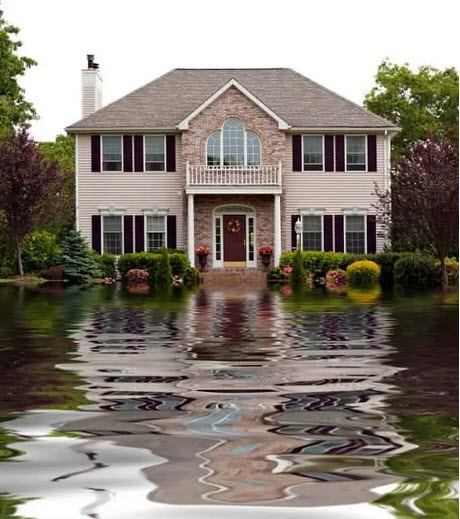What Is The Difference Between Water Damage And Flood Damage?
Flood Damage Cleanup

Rip Tide Restoration is the most trusted name in the industry when it comes to restoring properties after a fire. The majority of contractors are unable to repair the damage caused by fire because of its high level of complexity. Not only have the walls, flooring, cabinets, and ceilings been damaged, but there are also issues with the building's structure, air conditioning, and electrical systems. In the event that your residential or business property in the Sussex County, Delaware region has been damaged by fire, call Rip Tide Restoration at (302) 381-5282 for prompt and dependable restoration services for both fire and water damage.
Because water may be absorbed by numerous construction components, including wood, drywall, insulation, flooring, and subflooring, in addition to a wide variety of furniture and other things, water damage poses a significant risk. The danger of stains, warping, and decay increases with the amount of water that a material or piece of furniture may absorb. There is a great potential for structural damage if the walls and ceilings collect an excessive amount of water. Mold is another possible issue that might arise as a result of water damage. Mold can only thrive in environments that include a steady supply of moisture.
When people hear the term "fire restoration," the first thing that typically comes to their minds is the devastation caused by the fire, including the charred remains of various items on the property. However, this is just one aspect of the destruction that may be inflicted by a fire. The heat, smoke, and other corrosive compounds that are produced by the fire can be equally as harmful and expensive.
It is critical to get the restoration process for water damage started as soon as humanly feasible, regardless of the source. Always keep in mind that water that has been left to stand might contain harmful pollutants. Mold is not only unattractive but also has the potential to induce severe responses in the respiratory system. It is critical to eradicate mold as soon as possible and make repairs in all of the areas where it has spread.
What Is The Difference Between Water Damage And Flood Damage?